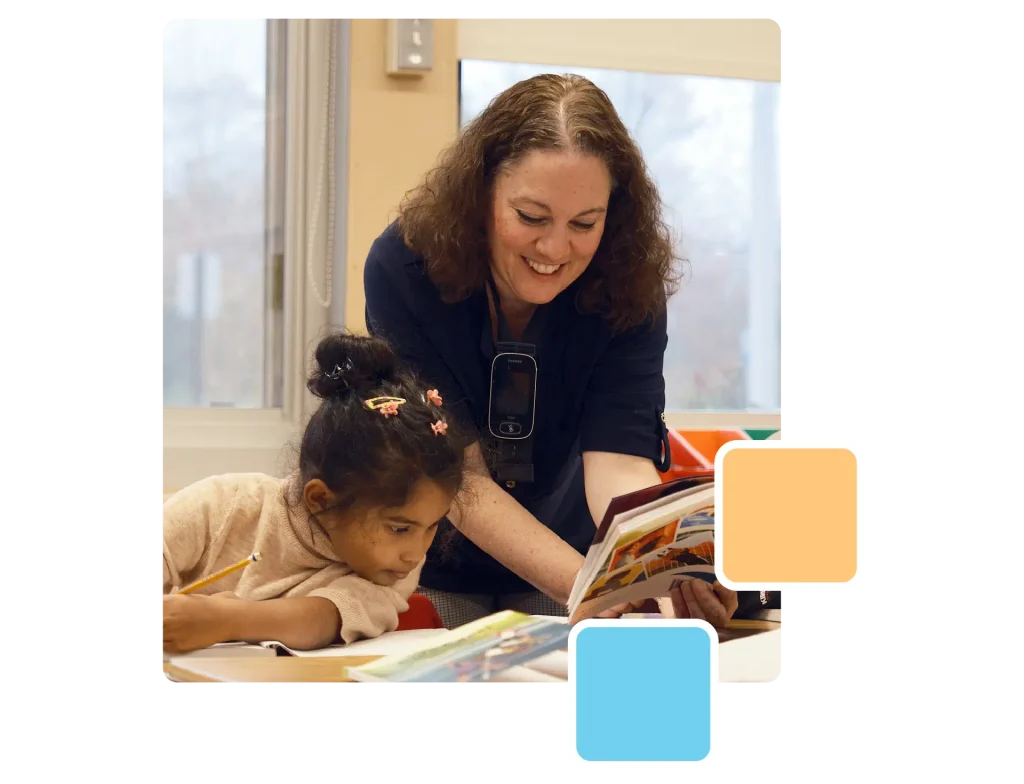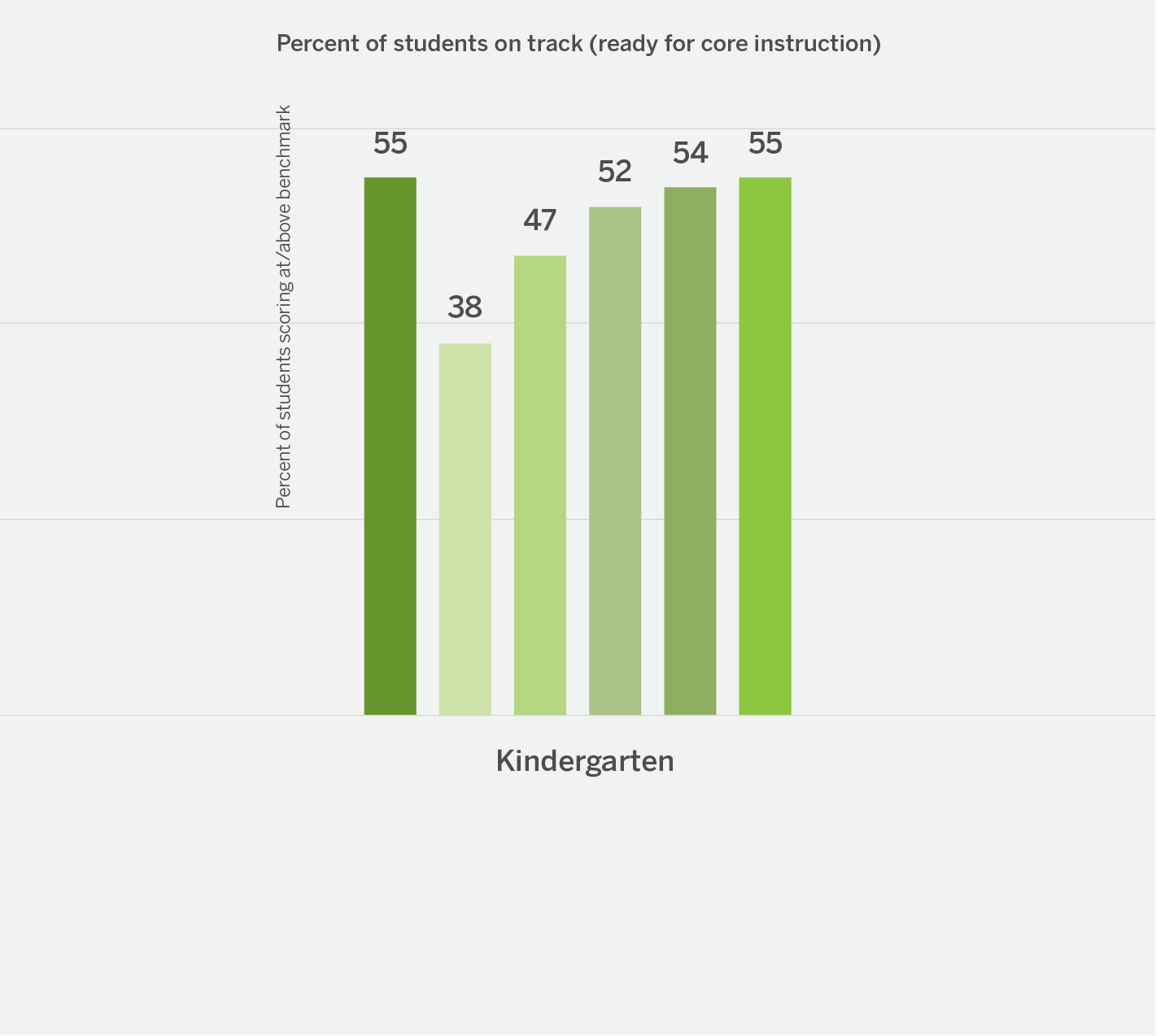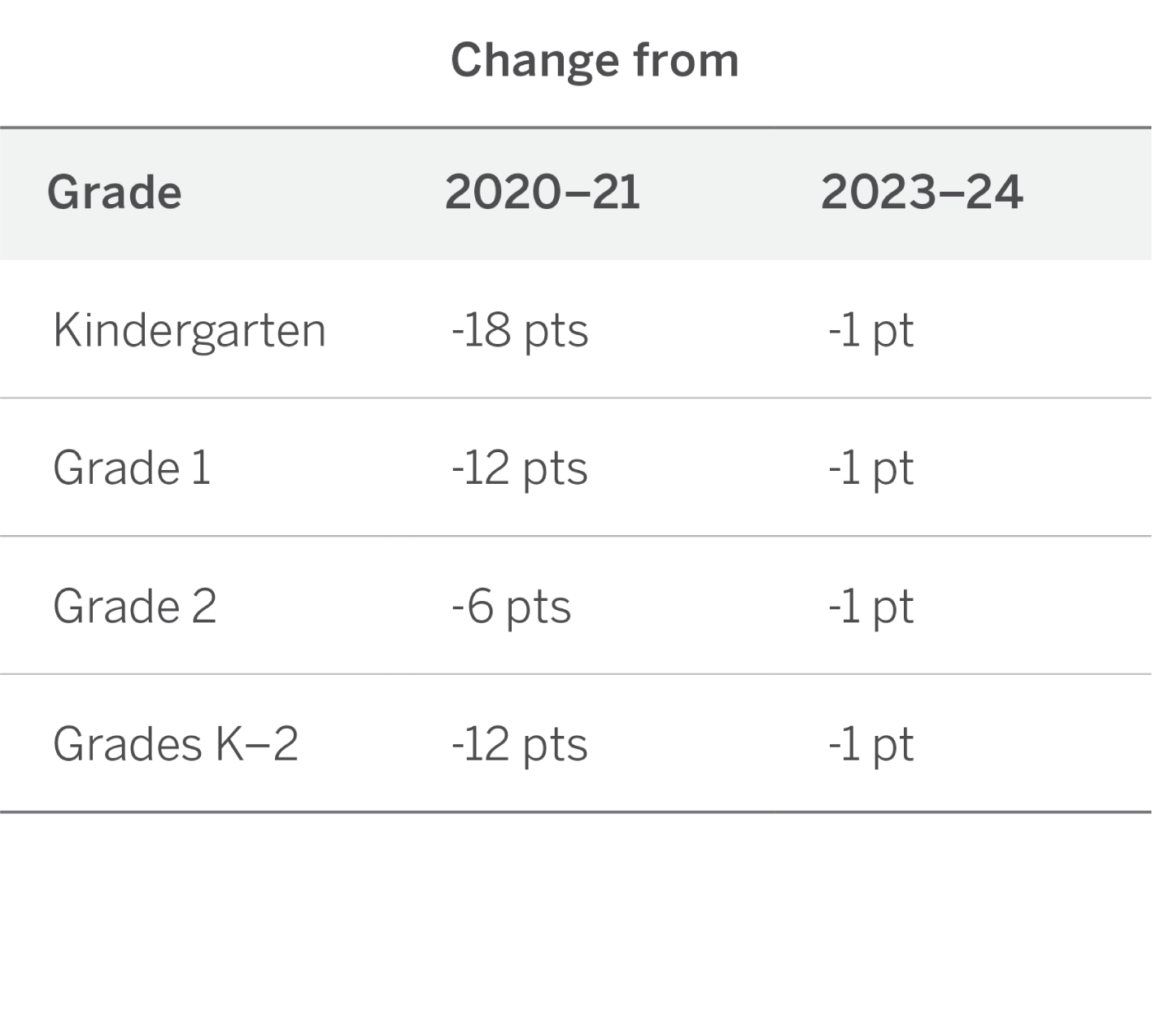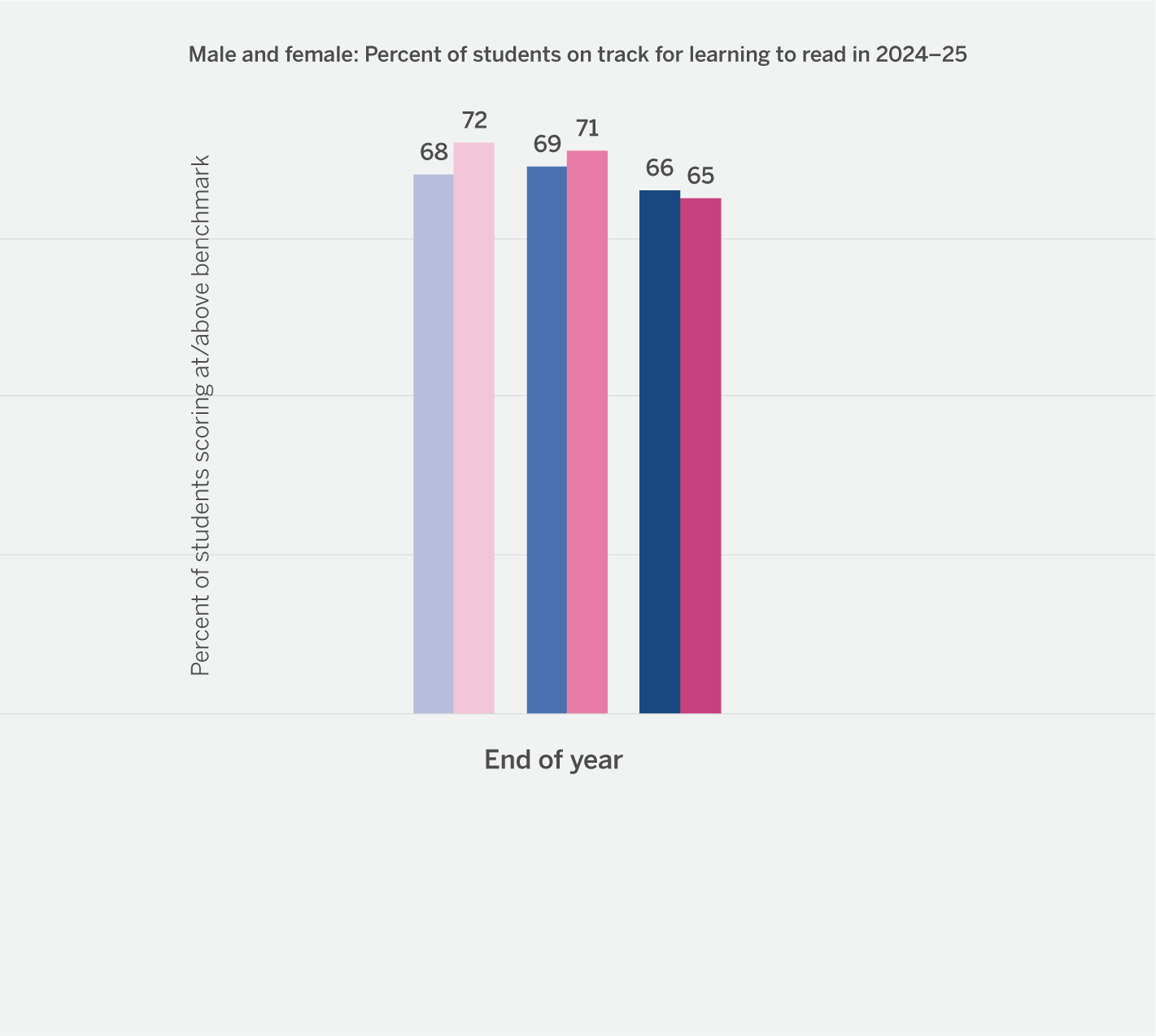Five years out from the pandemic, young readers have made much progress—but the pace has slowed.
The latest end-of-year data show improvement in early literacy across grades K–2. Overall, insights suggest:
- More young learners are above benchmark, and fewer are behind.
- Year over year improvements have slowed.
- Outcomes vary for boys and girls.

Explore Amplify’s end-of-year research brief.
Research briefs for the 2024–2025 school year
October 2024
BOY: Summer instructional loss highlights the importance of quality core instruction for the youngest grades.
February 2025
MOY: Early literacy gains offer hope for COVID recovery, though broader literacy challenges persist nationwide.
July 2025
EOY: Reading scores rise overall; gender disparities present a complex picture.
Read more research and case studies.
Amplify’s high-quality programs benefit millions of students every day using methods that are evidence-based, ESSA-aligned, and showing efficacy in a variety of contexts. Read more research and case studies and see more briefs on early literacy.


